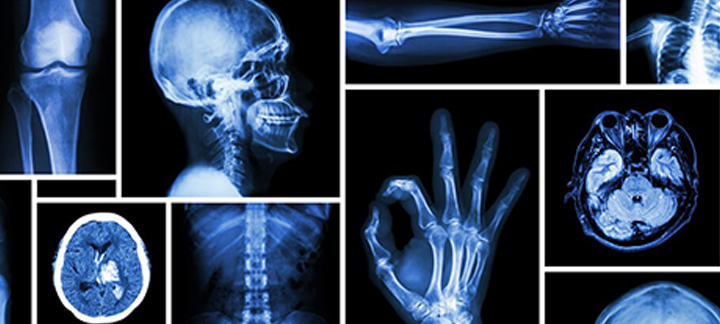2017 was an eventful year for radiology leaders. Large staffing shortages meant that many radiology departments had to do more with less. And hovering over the entire industry was the promise — and uncertainty — of artificial intelligence.
The following trends have kept radiologists talking, and they are most likely to shape radiology in the coming year.
1. Artificial Intelligence
Will intelligent machines make our jobs easier or even possibly replace all of us? While artificial intelligence continue to learn and produce more efficient algorithms, many wonder if a digital radiologist is in store for the future.
2. Proving Radiology Value
The value radiologists provide has never been questioned, however quantifying and proving that value will be a challenge in 2018. Radiology leaders must find new efficiencies and enhance their reporting to make their value obvious to observers and evaluators.
3. Radiation Dose Management
Exposure to radiation is a top concern for imaging. Dosage limits and attempts to reduce exposure for radiologists and patients alike are part of the ongoing discussion on balancing needs and risks.
4. 3D Printing and Computer Aided Design
As scans are able to capture ever-increasing amounts of data, it’s now possible to 3D-print models of internal organs that are accurate enough to be clinically useful for specific patients. These models can help aid in diagnosis and guide surgeons through complex procedures.
5. Enterprise Imaging
Discussion about enterprise imaging has hit an all-time high, as health systems continue to show quantifiable benefits from the practice. Ultimately this is helping hospitals become more efficient, control their costs, and often times drive better patient outcomes.
